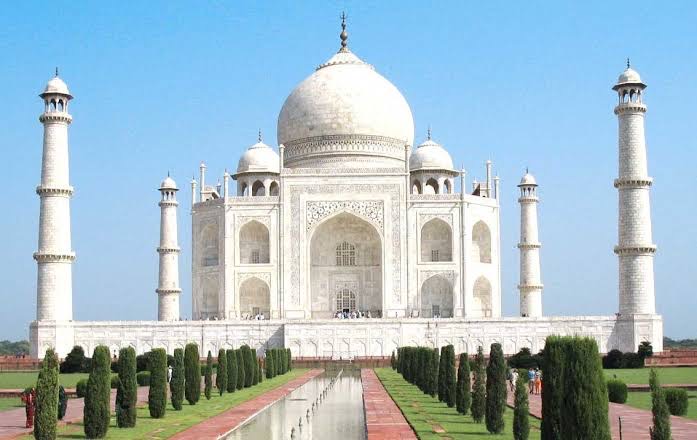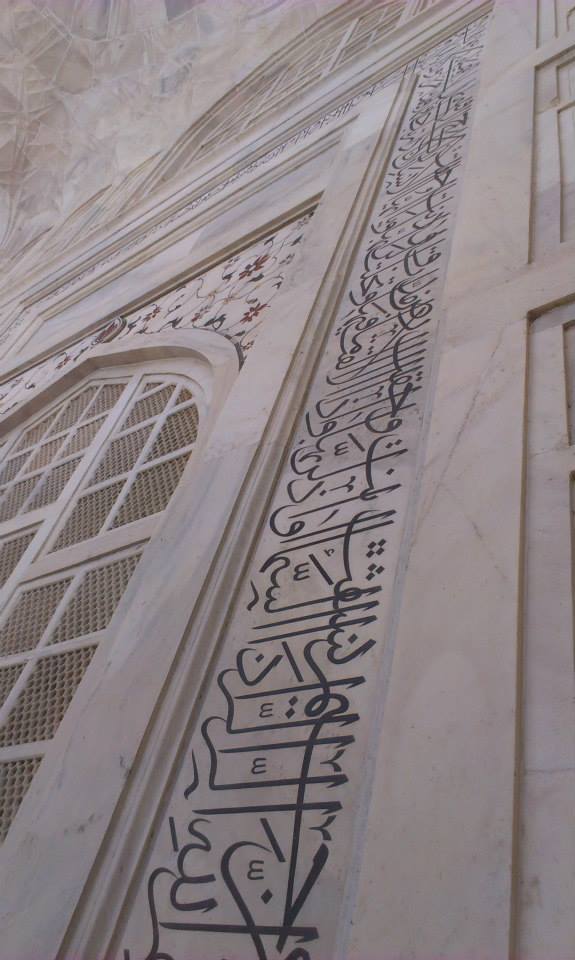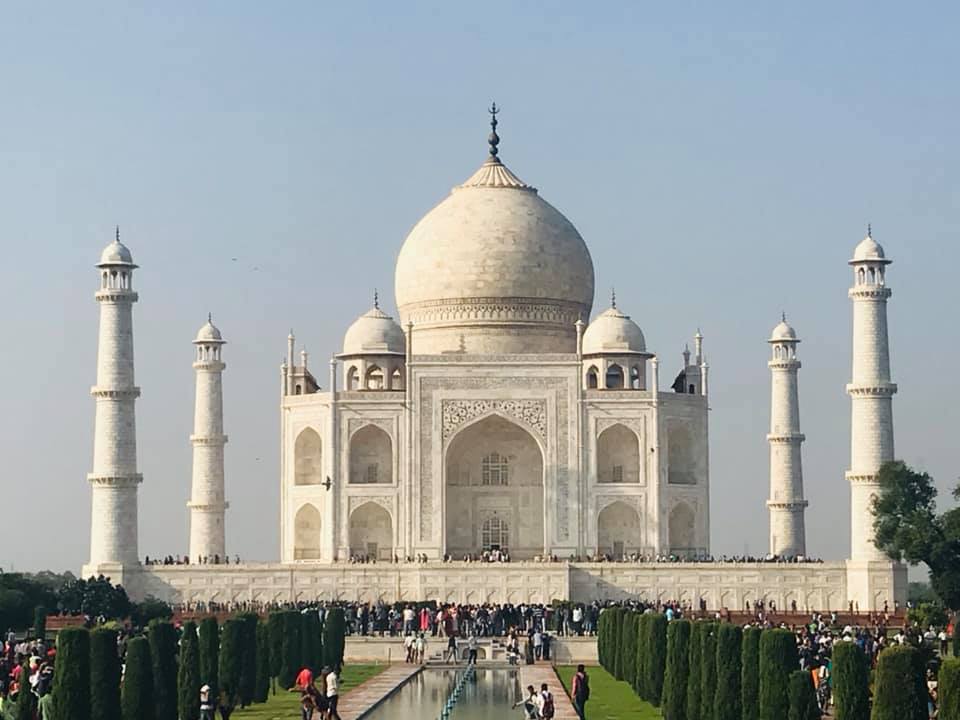
20 Fun facts Taj Mahal, Agra
The Taj Mahal, located in Agra, India, is one of the most famous and recognizable landmarks in the world. Built in the 17th century, it is widely regarded as a masterpiece of Mughal architecture and a symbol of eternal love. Commissioned by Emperor Shah Jahan as a mausoleum for his beloved wife, Mumtaz Mahal, who passed away during childbirth, the Taj Mahal stands as a symbol of their enduring love and devotion.
Table of Contents
Constructed over a period of around 20 years, the structure showcases a perfect blend of Persian, Islamic, and Indian architectural styles. The main building, made entirely of gleaming white marble, stands on a square platform and is flanked by four elegant minarets. The intricately detailed and symmetrical design of the Taj Mahal is a testament to the impeccable craftsmanship of the artisans who worked on it.
For the TLOW backpacking experience click on this link
Stepping inside the structure reveals breathtaking interiors adorned with elaborate carvings, floral motifs, and delicate calligraphy. The central chamber holds the stunning cenotaphs of Emperor Shah Jahan and Mumtaz Mahal, while their actual tombs lie in a lower level of the mausoleum. The gardens surrounding the Taj Mahal, with their fountains and lush greenery, further enhance its beauty and serenity.

Taj Mahal facts
1. The Taj Mahal is located in Agra, Uttar Pradesh, India.
2. It is a UNESCO World Heritage Site and is often considered one of the Seven Wonders of the World.
3. It was commissioned by Mughal Emperor Shah Jahan in memory of his beloved wife, Mumtaz Mahal, who passed away in 1631.
4. Construction of the Taj Mahal began in 1632 and took approximately 20 years to complete, with the involvement of around 20,000 workers.
5. The architectural style of the structure is a blend of Persian, Islamic, and Indian influences, reflecting the Mughal Empire’s artistic and cultural heritage.
6. The main building of the Taj Mahal is made entirely of white marble, imported from various regions of India and other countries.

Complex
7. The complex includes a main mausoleum, a mosque, a guesthouse, and beautiful gardens.
8. The main dome of the Taj Mahal is a prominent feature, reaching a height of approximately 240 feet (73 meters).
9. The interiors of the Taj Mahal are adorned with intricate carvings, calligraphy, and exquisite inlay work using semi-precious stones.
10. It is known for its symmetrical design, with the main building and surrounding structures perfectly aligned.
11. The reflection of the Taj Mahal in the surrounding pool, known as the “water mirror effect,” is one of the most stunning views of the monument.
12. It is renowned for its changing colors throughout the day – it appears pinkish in the morning, white during the day, and golden in the moonlight.

Gardens
13. The gardens surrounding the Taj Mahal are carefully landscaped and feature decorative fountains.
14. Inside the main mausoleum lie the tombs of Emperor Shah Jahan and his wife, Mumtaz Mahal.
15. It is a symbol of eternal love and is considered a masterpiece of Mughal architecture.
16. The construction of the structure cost an estimated amount of 32 million rupees during the Mughal era, which is equivalent to billions of dollars today.
17. The complex is visited by millions of tourists each year, making it one of the most popular tourist destinations in the world.

Replicas
18. The Taj Mahal has inspired the construction of similar structures in different parts of India and around the world, known as “Taj replicas.”
19. It has been featured in numerous movies, documentaries, and works of literature, solidifying its place in popular culture.
20. The Taj Mahal is not only a symbol of love but also a testament to the artistic and architectural brilliance of the Mughal Empire, making it an iconic landmark in India and a source of pride for the nation.

The Taj Mahal’s exquisiteness is heightened by the ever-changing colors it exhibits throughout the day. From a soft pink hue at dawn to a radiant white under the sun’s rays, and even a golden glow during moonlit nights, the Taj Mahal mesmerizes visitors with its ethereal charm.
Recognized as a UNESCO World Heritage Site, the Taj Mahal attracts millions of visitors each year, drawn by its architectural magnificence and poignant love story. It is not only a symbol of love but also a testament to the rich cultural heritage of India and the remarkable achievements of the Mughal Empire. The Taj Mahal stands as a timeless monument, capturing the imaginations and hearts of all who behold its beauty.











